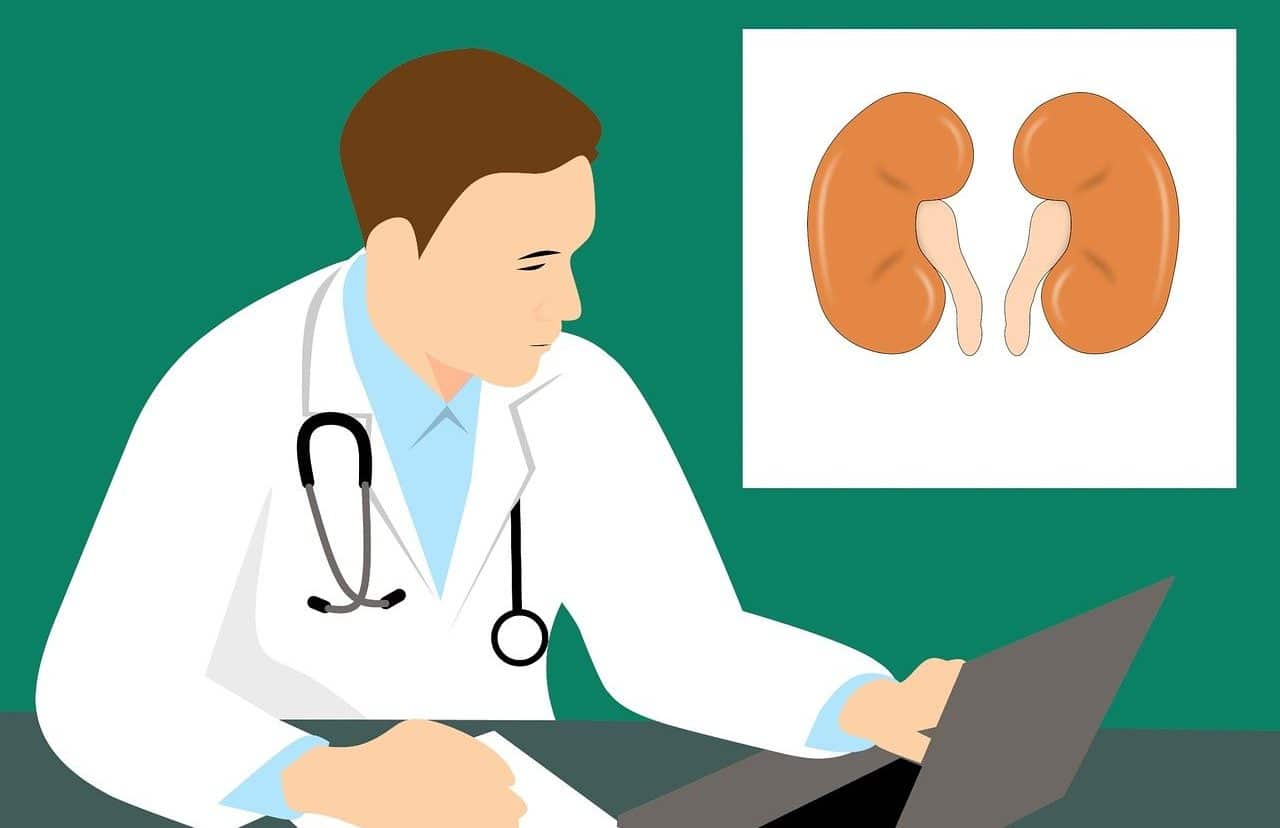
Renal is that linked to the kidneys.
Renal is a term in our language that comes from the Latin word renālis , formed from the sum of two clearly differentiated parts: the noun ren – renis , which is synonymous with “kidney” , and the suffix -al , which is used to indicate “relative to” .
The concept refers to what is linked to the kidneys : the organs that filter waste present in the blood and secrete urine. They are usually found in pairs.
Kidney function in humans
In the case of humans , the kidneys are located at the level of the lumbar vertebrae , one on each side of the spine. These organs are reddish and represent around 1% of an individual's weight.
Among the kidney functions it is possible to name the excretion of waste filtered from the blood through urine; the regulation of blood pressure and homeostasis ; the reabsorption of electrolytes and the secretion of different hormones.

There are multiple kidney pathologies.
Different diseases
The concept of kidney disease is associated with disorders that occur in the functioning of the kidneys. Most of these problems have to do with the nephrons , which are the basic structural units of these organs .
Many kidney diseases cause the kidneys to be unable to filter waste properly. Pathologies can be genetic, related to poisoning or derived from trauma .
kidney failure
If the kidneys are not able to filter waste normally, the person suffers what is called kidney failure . It is possible to differentiate between chronic kidney failure (a slow, progressive and irreversible deterioration of kidney functions) and acute kidney failure (occurs suddenly, for example, after an accident). When kidney failure is advanced, the patient may need to undergo dialysis treatment or even receive a kidney transplant .
There are various causes that are considered responsible for any person having to face kidney failure, which is the final stage in the progressive and gradual deterioration of the kidneys. However, it is believed that the most common origins of this situation are the following:
- Diabetes , which is responsible for this disease in about 50% of the cases that occur annually around the world.
- Hemolytic uremic syndrome . Under the acronym HUS, this disease is also known, which is also considered to cause kidney failure. It must be stated that this pathology is caused by a bacteria called Escherichia coli O157:H7 , which is also responsible for cases of high blood pressure and even serious neurological damage.
medical research
In addition to all of the above, we cannot ignore that, although the reason is not known with certainty, it has been proven that, according to studies carried out in the United States , black and white individuals are more likely to suffer from kidney failure. those of Hispanic American origins.
It should be noted that more and more work and research is being done on kidney diseases, giving rise to advances such as crossed kidney transplants with living donors that take place between people, donor and recipient, who are compatible.
hemodialysis
We consulted the Spanish writer and doctor specialized in nephrology Rodrigo García Marina about hemodialysis , a procedure that allows partial replacement of kidney function.
Hemodialysis is a kidney replacement technique when kidneys do not work, which allows people with advanced chronic kidney disease to prolong their lives for many years and serve as a bridge therapy to kidney transplant. However, it represents a significant challenge, both for clinicians and patients, to adapt the purification of the dialysis fluid to the water in the region. This generates important differences in technique and quality depending on the hardness of the water. In turn, another of the great technological challenges that hemodialysis addresses is the need to optimize the amounts of water required per session. For proper blood cleansing, up to 30 L of water is required per session. The optimization of water treatment for the standardization of use in different locations and for the reduction of quantities is one of the questions that nephrologists and biotechnologists must try to answer to provide adequate and optimal treatment to patients who, on the other hand, , be environmentally sustainable and reduce the impact on water use.
Rodrigo García Marina
